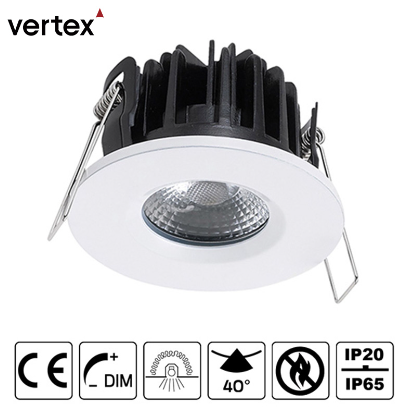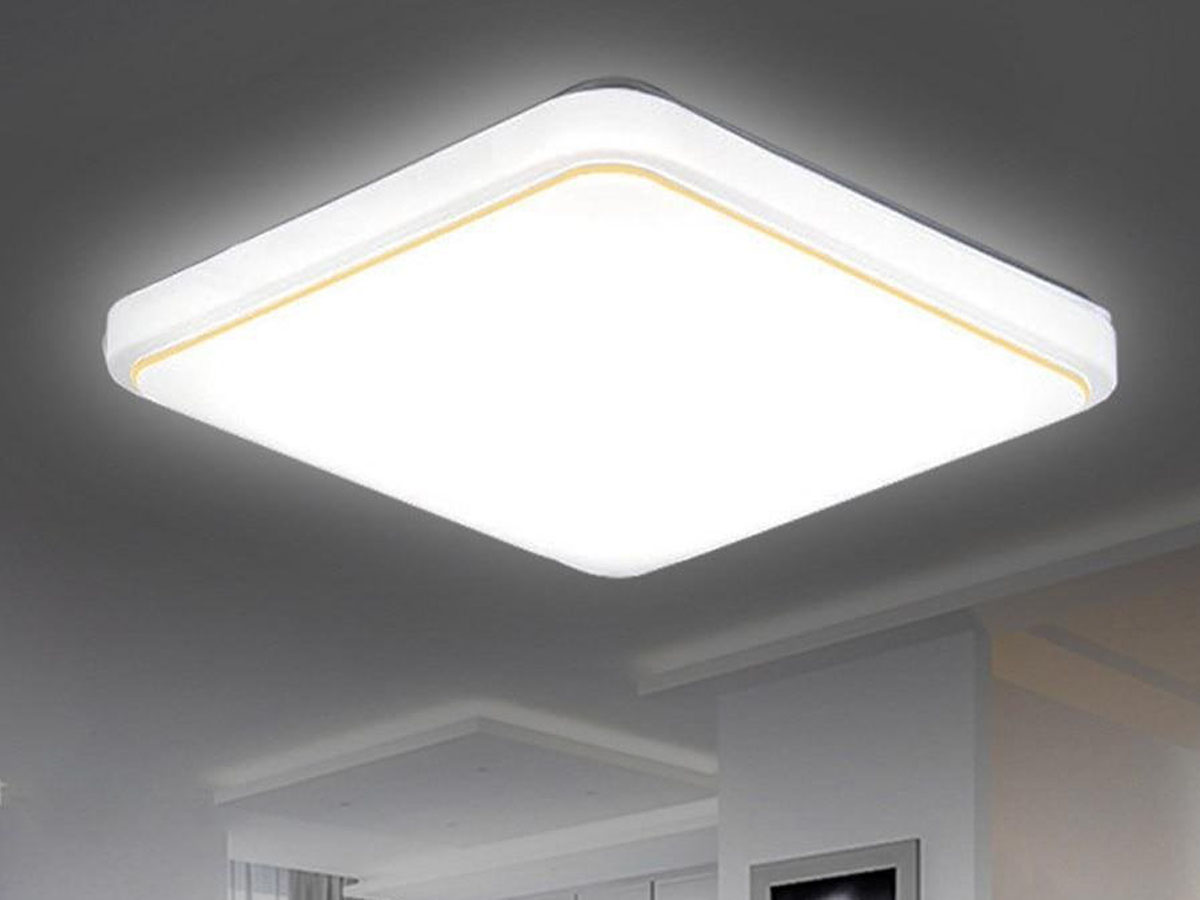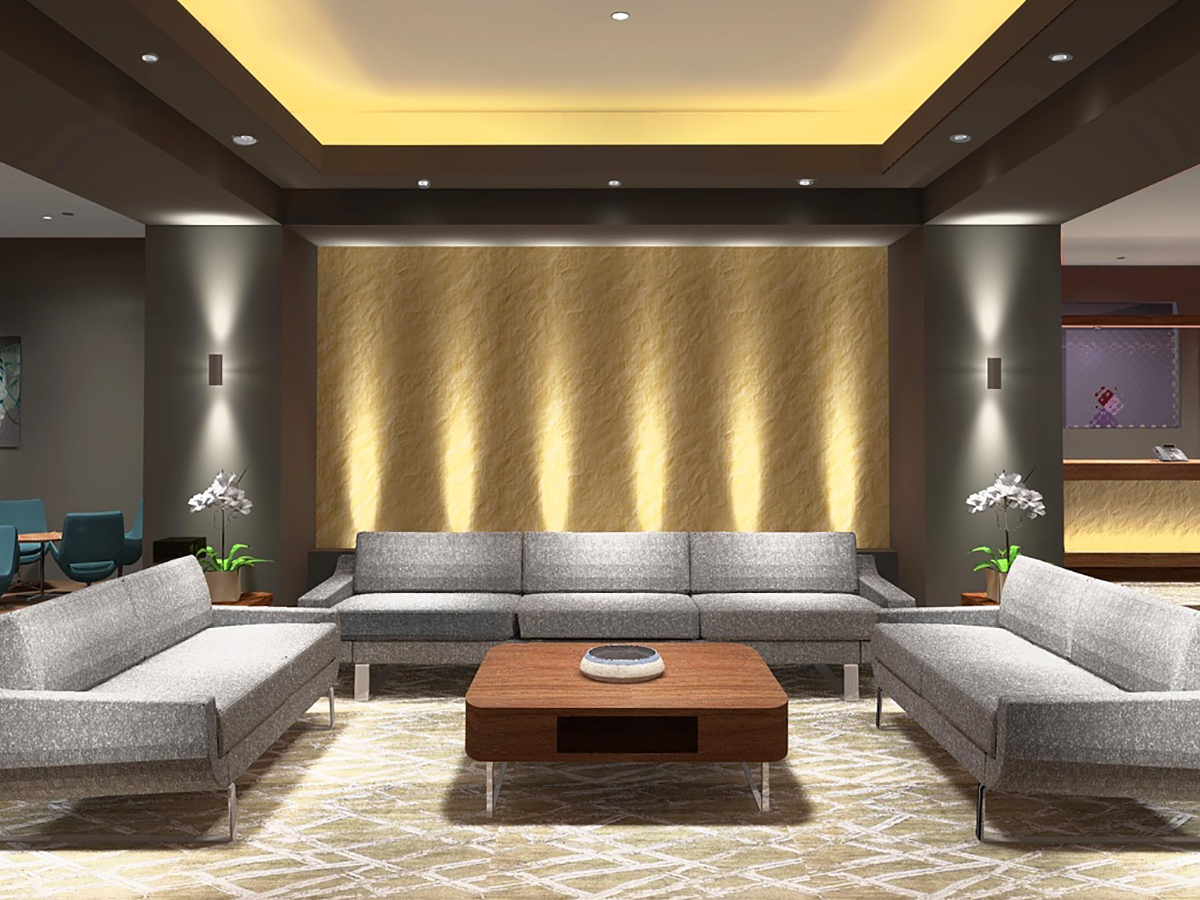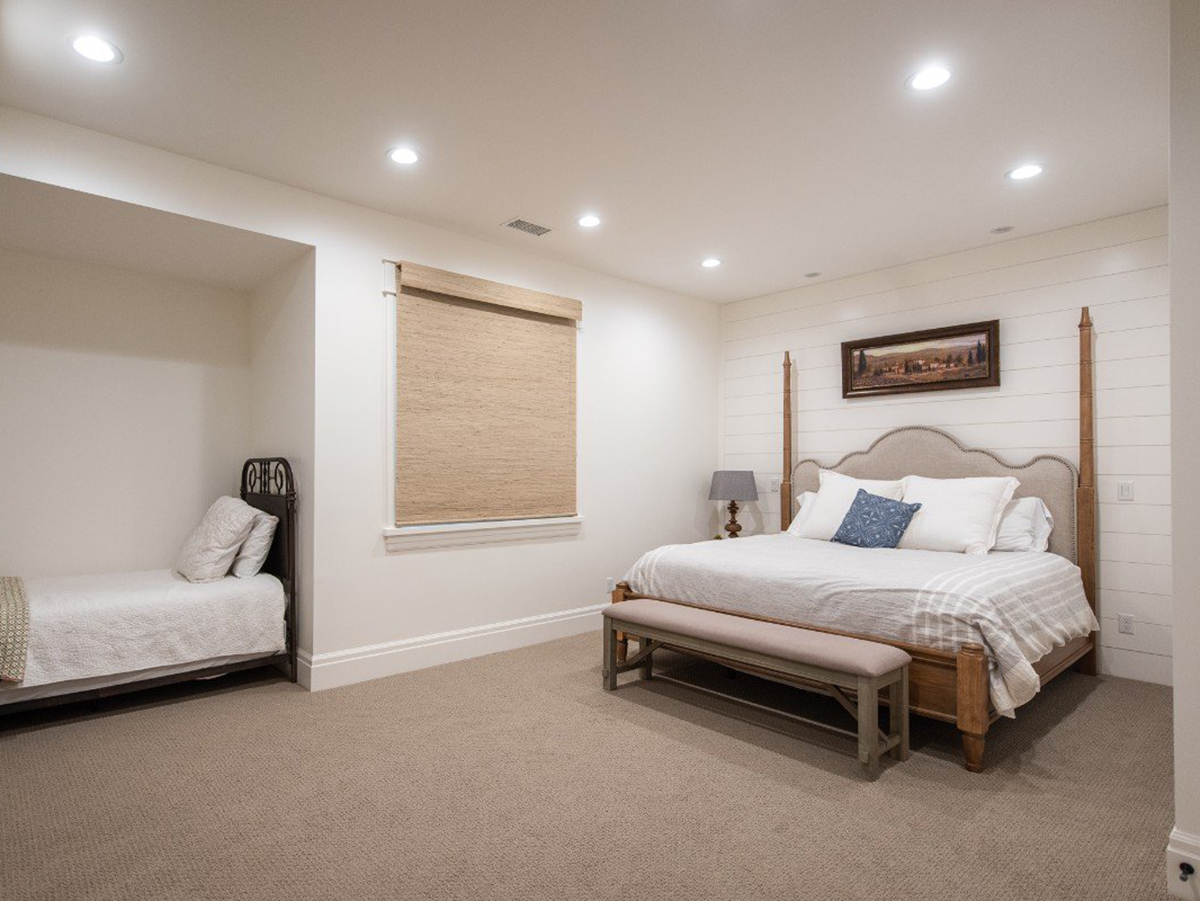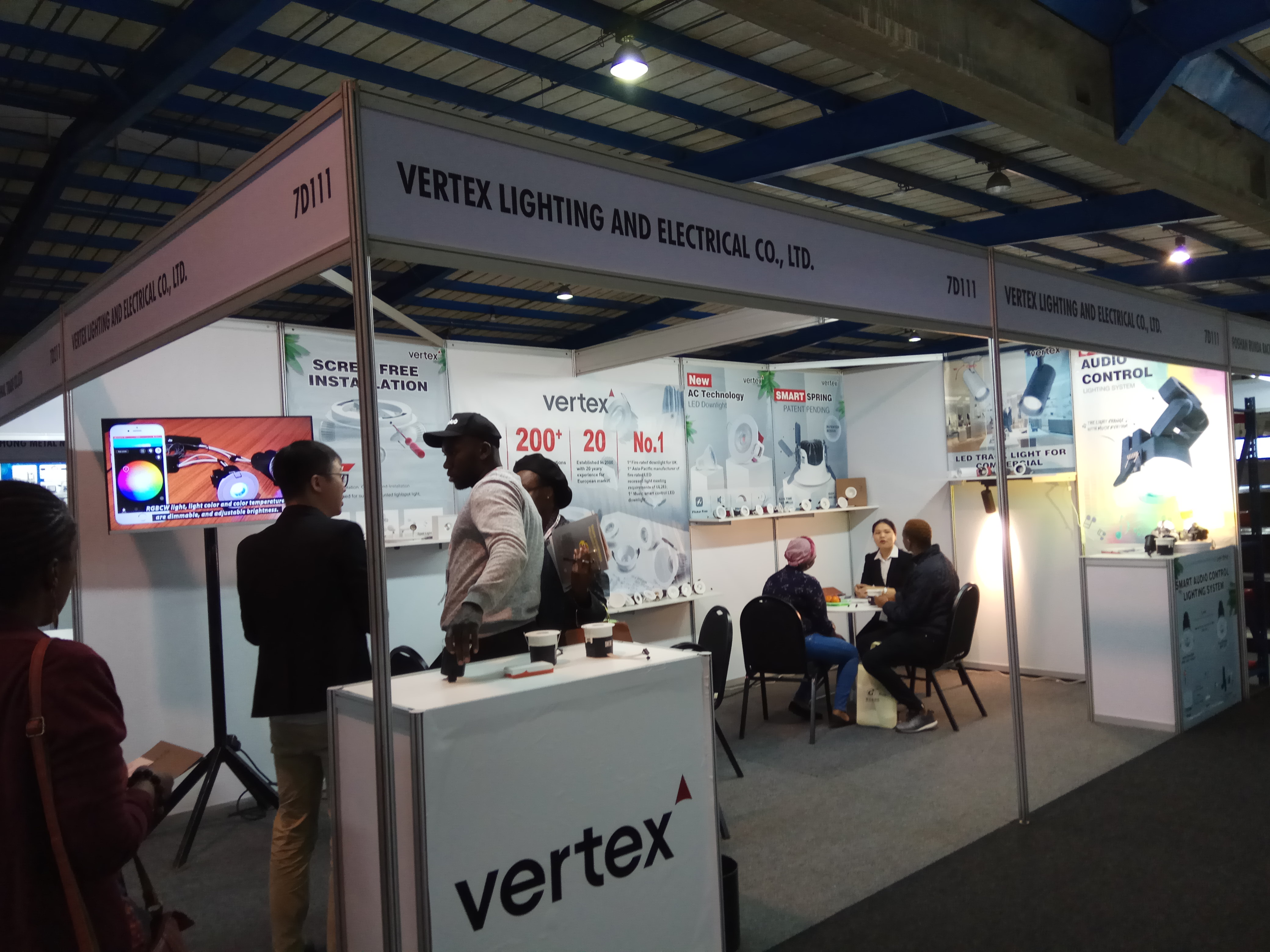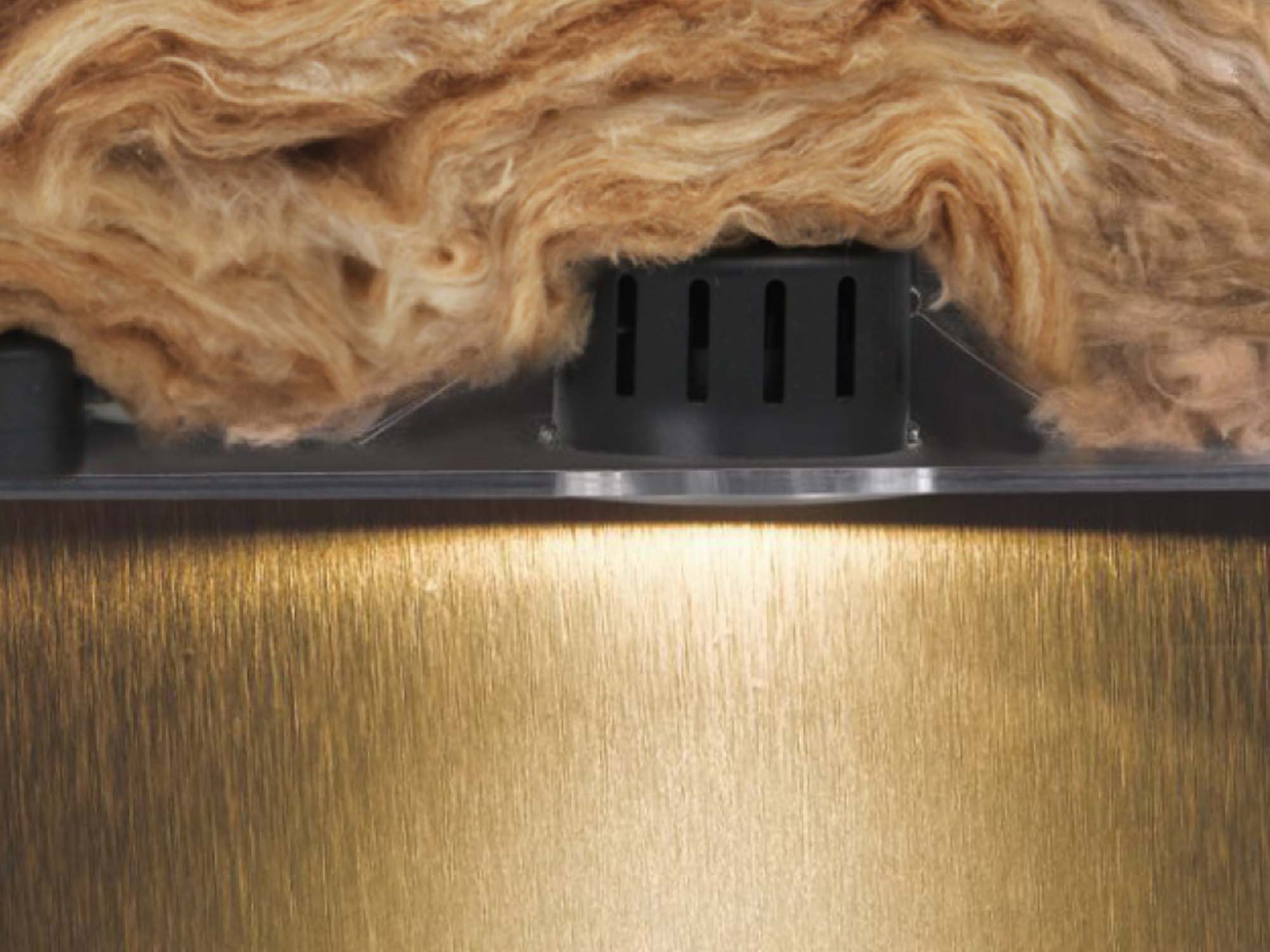When designing or revamping a kitchen, lighting is a crucial element that often goes overlooked. Beyond just illuminating the space, the color temperature of kitchen ceiling lights plays a significant role in setting the ambiance and enhancing functionality.
The right color temperature can create a warm and inviting atmosphere for socializing and dining, while also providing ample brightness for cooking and food preparation.
In this article, we will explore the concept of color temperature and guide you in selecting the ideal color temperature for your kitchen ceiling lights to create the perfect environment for all your kitchen activities.
The right color temperature can create a warm and inviting atmosphere for socializing and dining, while also providing ample brightness for cooking and food preparation.
In this article, we will explore the concept of color temperature and guide you in selecting the ideal color temperature for your kitchen ceiling lights to create the perfect environment for all your kitchen activities.
Wha is Color Temperature?
Color temperature is a metric used to describe the color appearance of light. It is measured in Kelvin (K), and it correlates with the perceived "warmth" or "coolness" of the light emitted by a source. Lower Kelvin values represent warm light with reddish or yellowish tones, while higher Kelvin values indicate cooler light with bluish tones. Understanding this scale is crucial in choosing the right color temperature to suit your kitchen's needs.
Why You Should Choose the Right Color Temperature for Kitchen Ceiling Lights
The kitchen is a multi-functional space where cooking, dining, socializing, and even working take place.
The color temperature of your kitchen ceiling lights can significantly impact each of these activities. Warm lighting can create a cozy and inviting ambiance for family meals or entertaining guests, while cooler lighting can enhance visibility and focus during food preparation. Selecting the appropriate color temperature is key to achieving the desired atmosphere and functionality in your kitchen.
The color temperature of your kitchen ceiling lights can significantly impact each of these activities. Warm lighting can create a cozy and inviting ambiance for family meals or entertaining guests, while cooler lighting can enhance visibility and focus during food preparation. Selecting the appropriate color temperature is key to achieving the desired atmosphere and functionality in your kitchen.
Factors to Consider When Choosing Kitchen Ceiling Light Color Temperature
To determine the ideal color temperature for your kitchen ceiling lights, consider the following factors:
● Kitchen's Primary Function
Think about how you primarily use your kitchen. If it is primarily a cooking and food preparation area, cooler lighting in the range of 2700K to 3500K is recommended for better visibility and focus on tasks. If your kitchen doubles as a dining and entertaining space, warmer lighting in the range of 2200K to 2700K can create a pleasant and relaxed atmosphere during meals and gatherings.
●Kitchen Size and Layout
The size and layout of your kitchen can also influence the perceived brightness and ambiance with different color temperatures. Larger kitchens may benefit from a slightly cooler ambient light to ensure even illumination, while smaller kitchens can feel cozier with warmer lighting.
●Existing Kitchen Décor
Consider the color scheme and interior design elements already present in your kitchen. The color temperature of your ceiling lights should complement the existing décor rather than clash with it. Neutral white lighting around 3000K to 3500K is often a safe choice for most kitchen styles.
Recommended Color Temperature for Kitchen Ceiling Lights
Based on the different areas of your kitchen and their functions, consider the following color temperature recommendations:
● Cooking and Task Areas
For task-oriented areas such as countertops, stovetops, and islands, cooler lighting in the range of 2700K to 3500K is ideal. This helps improve visibility and ensures you can work efficiently and safely in the kitchen.
●Dining and Entertaining Areas
Warmer lighting in the range of 2200K to 2700K is best suited for dining and socializing areas in your kitchen. This creates a warm and inviting atmosphere, perfect for family dinners and gatherings with friends.
● Overall Ambient Lighting
For general ambient lighting in the entire kitchen, a balanced color temperature of around 3000K to 3500K strikes a good compromise between task lighting and creating a comfortable environment for dining and socializing.
Practical Tips for Implementing the Ideal Color Temperature
To create a well-balanced kitchen lighting design, consider the following tips:
●Layering Lighting: Combine different light sources, such as under-cabinet lights, pendant lights, and recessed ceiling lights, to achieve the perfect balance of task and ambient lighting.
●Dimmers: Install dimmers to adjust the brightness and color temperature based on the activity and time of day. Dimmers provide flexibility and control over your kitchen's lighting ambiance.
●Layering Lighting: Combine different light sources, such as under-cabinet lights, pendant lights, and recessed ceiling lights, to achieve the perfect balance of task and ambient lighting.
●Dimmers: Install dimmers to adjust the brightness and color temperature based on the activity and time of day. Dimmers provide flexibility and control over your kitchen's lighting ambiance.
Conclusion
Selecting the ideal color temperature for your kitchen ceiling lights is a crucial step in creating a functional and inviting space. Whether you opt for warm lighting for cozy dinners or cooler lighting for efficient cooking, the right color temperature will transform your kitchen into a welcoming and practical space for all your needs.
